How to Become a Great Leader: 20 Changes to Make
Becoming a great leader can be a daunting task. Especially, when you don’t know what you are aiming for. Most people recognize a great leader when they see one, but lack a concrete understanding of the traits and blueprint to become a great leader. In The Savage Leader book, I highlight the differences between “Traditional Leaders” and “Savage Leaders.” Savage Leaders are great leaders by definition and are focused on the inner journey to become great.
Below is a list of 20 ways that Savage Leaders differ from Traditional Leaders. Which one best describes where you are on your leadership journey? Be honest, as one of the prerequisites of becoming a great leader is a willingness to engage in honest, fearless introspection.
How Great Leaders Differ from Traditional Leaders
Traditional leaders focus on being successful. Savage Leaders aim for greatness, not just success
Traditional leaders are comfortable with the status quo. Savage Leaders constantly challenge the status quo and ask “why?” and “what if?” questions.
Traditional leaders focus on who the think they should be. Savage Leaders are confident in who they are.
Traditional leaders focus more on external rewards and achievements. Savage Leaders focus first on the process, and then the outcomes.
Traditional leaders lead with title, status, and credentials. Savage Leaders lead with strengths.
Traditional leaders are resume focused. Savage Leaders are experience driven.
Traditional leaders use development to shore up weaknesses. Savage Leaders use development to amplify strengths.
Traditional leaders are rigid, and rules based. Savage Leaders are willing to challenge authority, rules, and norms.
Traditional leaders fear failure. Savage Leaders embrace failure as part of the learning process.
Traditional leaders believe hierarchy determines leadership. Savage Leaders believe leadership is everyone’s responsibility.
Traditional leaders believe only managers/executives lead. Savage Leaders believe everyone possesses leadership ability.
Traditional leaders plays it safe. Savage Leaders take small risks rooted in growth.
Traditional leaders think “Others solely determine my fate”. Savage Leaders know that “I determine my fate, with the support of others”.
Traditional leaders remain comfortable with a static set of skills and knowledge. Savage Leaders have an unquenchable thirst to learn new skills and acquire knowledge.
Traditional leaders are surrounded by executives and leaders who “play it safe”. Savage Leaders create a tribe of fellow Savage Leaders.
Traditional leaders “Copy and paste” best practices. Savage Leaders tailor best practices into authentic “Savage Practices”.
Traditional leaders are driven by ego. Savage Leaders are driven by purpose.
Traditional leaders use a command-and-control style with their team. Savage Leaders empower and enable their team.
Traditional leaders are steadfast and inflexible. Savage Leaders are nimble and agile.
Traditional leaders seek comfort in the past. Savage Leaders are comfortable amid change and uncertainty.
Next Steps to Become a Great Leader
As you read through the list above, which type of leader describes you best? A Traditional Leader or a Savage Leader? If you land more in the Traditional Leader camp, what are the big changes you need to make to become a great leader, a Savage Leader? What steps can you make to get started?
Want More Content Like This?
Get access to more articles like this by signing-up for The Savage Leader Newsletter. The monthly email contains quick practical tips to help you become a better leader from the inside out. Join other Savage Leaders in your pursuit of greatness!


